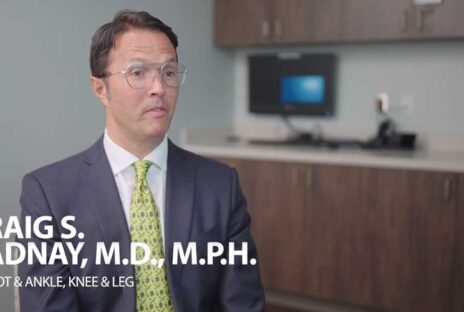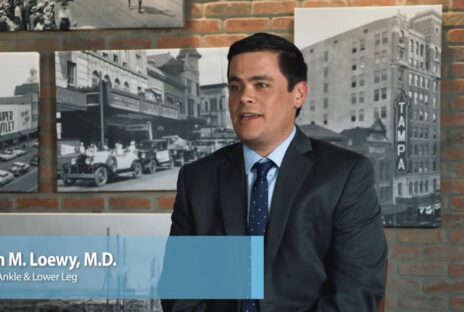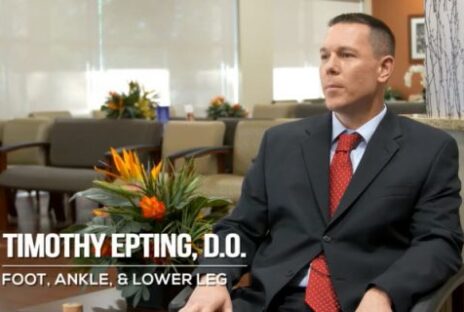Orthopedic care from foot & ankle specialists
Treatments for foot & ankle pain
If you are experiencing lower leg pain that prevents you from completing your daily activities, it’s time to see a foot and ankle specialist. Since 1989, Florida Orthopaedic Institute physicians, therapists and nurses have helped thousands of patients stay active with the most advanced orthopedic lower extremity service across Florida.
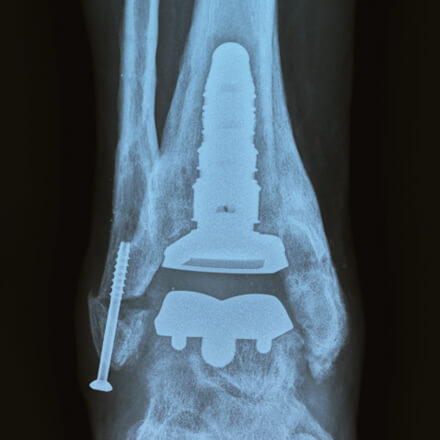


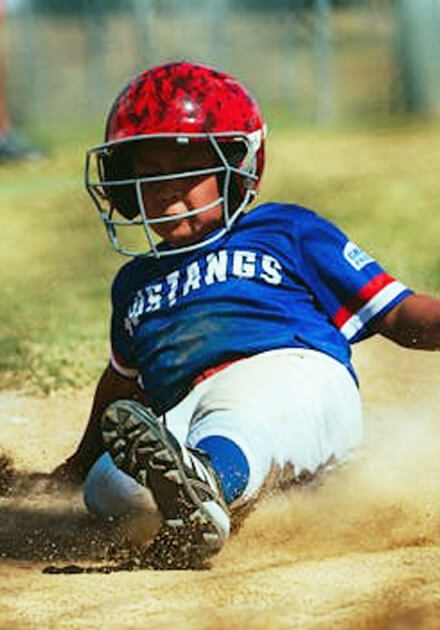
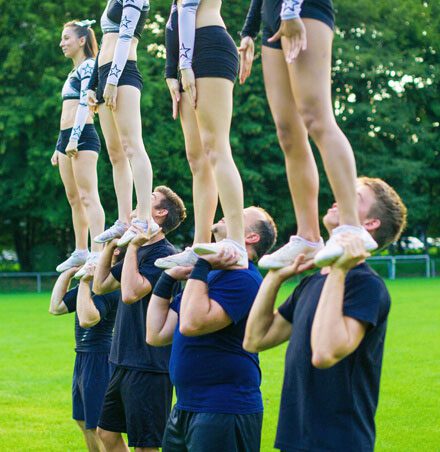
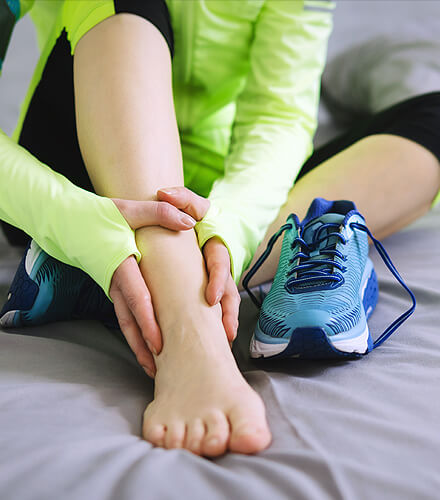
Learn more about
Orthopedic foot & ankle team






Common foot & ankle conditions
Whether tendon, ligament, bone injuries, arthritis, or acute and chronic conditions, Florida Orthopaedic Institute foot and ankle specialists are fellowship trained and have extensive knowledge in managing all conditions affecting this region of the body, including:
- Achilles Calcific Insertional Tendinopathy (ACIT)
- Achilles Tendonitis
- Ankle Arthritis
- Ankle Fractures (Broken Ankle)
- Charcot Joint
- Chronic Lateral Ankle Pain
- Common Foot Fractures in Athletes
- Foot Stress Fractures
- High Ankle Sprain (Syndesmosis Ligament Injury)
- Intraarticular Calcaneal Fractures
- Lisfranc Injuries
- Mallet, Hammer & Claw Toes
- Metatarsalgia
- Neuromas (Foot)
- Plantar Fasciitis
- Posterior Tibial Tendonitis & Tears
- Sprained Ankle
- Turf Toe
Revisions and referrals
Because of the combined expertise of the Florida Orthopaedic Institute foot and ankle surgeons, as well as their national reputation, patients are referred not only locally, but from all over the country. Many of the referrals are patients with significant post-surgical complications including infections, failed joint replacements, poorly positioned fusions and non-healed fractures.
These patients are sent to our referral center for definitive solutions to their problems, and in most cases our surgeons are able to improve their lives. This ability to solve complex problems and help patients is the driving force behind maintaining the high quality of care offered, and why Florida Orthopaedic Institute is a regional and national referral center.
“I would not have believed that I could have had an injury like this and come out of it with basically no after-effects. Florida Orthopaedic is just superior in every way. They want to be sure that everything that they do for you results in your ability to be as active as you want to be.” Janice White | Ankle Injury
Treatments from foot & ankle specialists
Our internationally recognized orthopedic foot and ankle specialists offer results-driven surgical and nonsurgical treatment options, including the following:
Arthroscopy of the ankle is a minimally invasive surgical procedure that allows a surgeon to visualize, diagnose, and treat problems within the ankle joint. It involves the insertion of a small camera, called an arthroscope, into the ankle joint through small incisions. The arthroscope allows the surgeon to see inside the joint and guide miniature surgical instruments to treat a variety of conditions, including ankle sprains, cartilage damage, bone spurs, ankle impingement and synovitis. Ankle arthroscopy is generally performed as an outpatient procedure, and recovery time is typically faster than with traditional open surgery.
Ankle fractures, also known as broken ankles, are usually caused during sports activities when the ankle becomes twisted, turned, or rolled while walking or running. Ankle fractures can also be caused by high-force impacts, such as an automobile accident or fall. Not all ankle fractures require surgery, but it’s important to get the appropriate surgery by a skilled foot and ankle specialist when they do. Poorly executed or inappropriate surgeries can cause ankle instability, arthritis, require additional corrective surgeries or even necessitate an ankle replacement operation.
The ankle joint consists of the shin bones (tibia and fibula) and the ankle bone (talus). Where these bones meet, they are covered by a smooth pearly white cartilage lining in the joint that allows you to move your ankle freely. As the cartilage wears, the space in the joint gradually narrows, causing bone-on-bone contact, resulting in damage, pain and stiffness. Ankle fusion is used to permanently join damaged ankle cartilage and bones, preventing them from rubbing against each other and causing pain. For those patients that are not candidates for an ankle replacement, Ankle fusions remain the gold standard. Patients can walk without a limp using modern techniques to remove minimal amounts of bone and position the ankle so the joint below moves well.
Articular cartilage is a smooth, white but tough connective tissue layer that covers the ends of the bones where they join (articulate) with each other within a joint. Without articular cartilage, bone surfaces would rapidly wear away from the friction that occurs when bone rubs against bone. Normal wear and tear or injury can damage articular cartilage and can be worsened by excess weight. Articular cartilage can be restored through many arthroscopic procedures.
A cheilectomy is an operation to remove a bony lump on the top of the main joint of the big toe. Also known as hallux rigidus, this condition is usually caused by arthritis of the great toe. Cheilectomies are performed because the bony lump is causing pain by pressing on your shoes. It is also used as a treatment for early arthritis of the big toe if the joint is not yet badly affected. Some people have both issues.
Bunions (a misalignment of the bone at the big toe) are one of the most common foot problems. They can be very painful, change the shape of your foot and limit daily activities. PROstep™ minimally invasive surgery can significantly reduce your foot pain and get you back to your favorite activities faster than traditional surgery.
With almost 30 years of experience with total ankle replacements, Florida Orthopaedic Institute is the leading foot and ankle surgery practice in the field having performed more total ankle replacements than any other center. FOI was the third center in the country to implant the Agility® total ankle prosthesis when it became available in the U.S. in 1995. Our surgeons were involved in design, teaching and evaluation of the implant. When the European ankle known as the S.T.A.R.® was released later that year, FOI was involved in the first trial of that prosthesis in the U.S. Since then, our surgeons (all trained on total ankle replacements) have performed hundreds of successful replacements.

